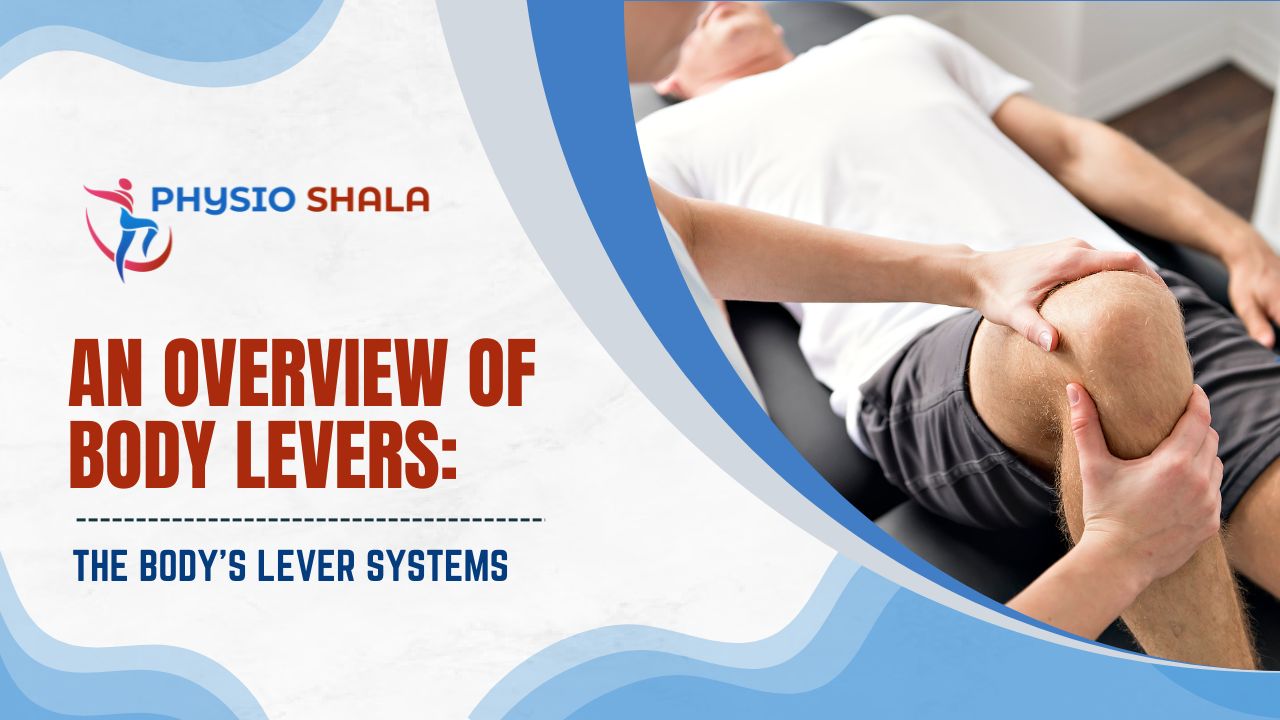A lever consists of a rigid rod or bar that rests and turns on a support called a fulcrum. The fulcrum acts as an axis about which the rod can rotate. On applying forces on levers, they will either produce equilibrium or movements like rotation or translation.
Work is done when force /effort is applied at one end of the rod to lift a load/ resistance placed at the other end. A lever can help lift a weight with less effort.
Parts of Lever
- Fulcrum (F)- Lever is mounted on a fulcrum which is a fixed point. A lever is able to produce movement about the fulcrum.
- Effort arm- The perpendicular distance from the fulcrum to the point of effort (E) is called the effort arm.
- Resistance arm/ Weight arm- The perpendicular distance from the fulcrum to the point of resistance (R) is called the resistance arm or the weight arm.
Orders or Classes of Levers
- First-order Levers– in this type of lever the fulcrum (F) is located in between the effort (E) and the resistance (R).Now, the fulcrum can be in the center (i.e., both effort and resistance arms having the same length), or more towards either effort or resistance (one arm will be longer than the other).If the fulcrum is closer to resistance, the lever will produce more speed or range of motion but with less strength.
If the fulcrum is closer to the effort, the lever will produce less speed or range of motion but with more strength.
- Examples- scissors, see-saw, balance scale, nail-cutter
- Example in the human body- The atlantooccipital joint. In the nodding movement of the head:
- Effort (E)- neck extensor muscles (posteriorly)
- Fulcrum (F)- atlanto-occipital joint
- Resistance (R)- weight situated in the face (anteriorly)
- Second-order Levers- Here the weight or resistance is located in between the fulcrum and the effort thus making the effort arm longer. The effort arm being longer gives mechanical advantage and therefore second order levers are levers of strength and not speed or range of motion.
-
- Examples- wheelbarrow, door
- Example in the human body- raising the heels to stand on toes:
- Fulcrum (F)- the ball of the toes
- Resistance (R)- body weight passing through the middle part of the foot
- Effort (E)- applied by the calf muscles
- Third-order Levers- In the third-order levers, the effort lies in between the fulcrum and resistance thus making the resistance arm longer. A longer resistance arm than the effort arm leads to mechanical disadvantage. These levers produce more velocity and less stability.There are plenty of third-order levers in the human body.
-
- Example- Fishing rod, stapler, chapatti press
- Example in the human body- flexion of the elbow:
- Fulcrum (F)- elbow joint
- Effort (E)- insertion of the biceps muscle
- Resistance (R)- any object held in the hand
Trick to remember the types of levers-
| First order | R | F | E |
| Second order | F | R | E |
| Third order | F | E | R |
Mechanical Advantage
The work of a lever is to amplify an input force (effort) to provide a greater output force, which is said to provide leverage.
The mechanical advantage of a lever depends on:
- Force exerted- resistance or effort, and
- The length of effort arm (EA) and resistance arm (RA)
Mechanical advantage is calculated as:
Mechanical advantage=
Mechanical advantage can be less than, equal to, or greater than 1.
MA= 1
If the resistance arm and the effort arm are of the same length then the mechanical advantage is equal to 1. This means that the same effort force is opposing the resisting force.
MA< 1
If the length of the resistance arm is more than that of the effort arm then there is no mechanical advantage. This means that more effort/ force has to be applied to oppose the resistance thus making the movement difficult.
MA> 1
When the effort arm is longer than the resistance arm it allows for the lesser force required to oppose resistance. This is the mechanical advantage. It can be gained all second order and first order levers where the fulcrum is closer to the resistance.
References
Wikipedia
Study.com
Changes to be made in the above table-
IMA to MA
Ideal Mechanical Advantage to Mechanical Advantage
I to E
O to R
Location of input and output forces and fulcrum to Location of effort, resistance and fulcrum

